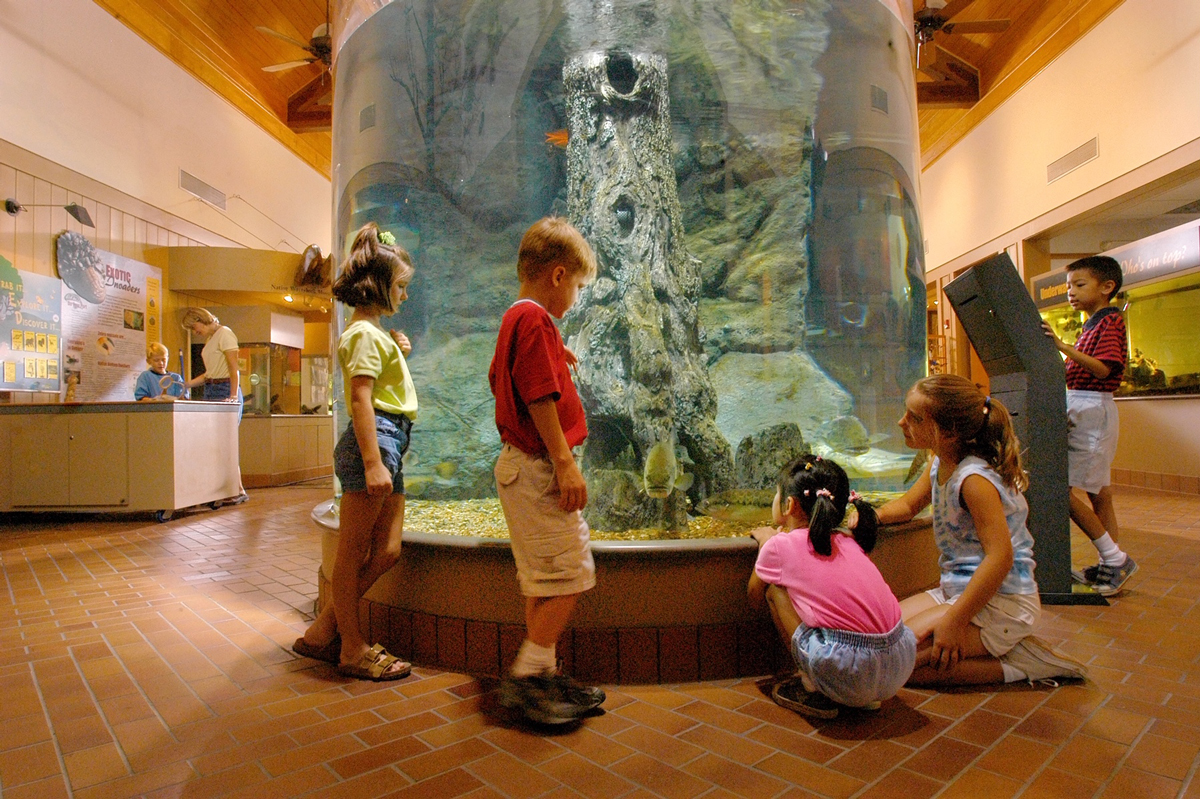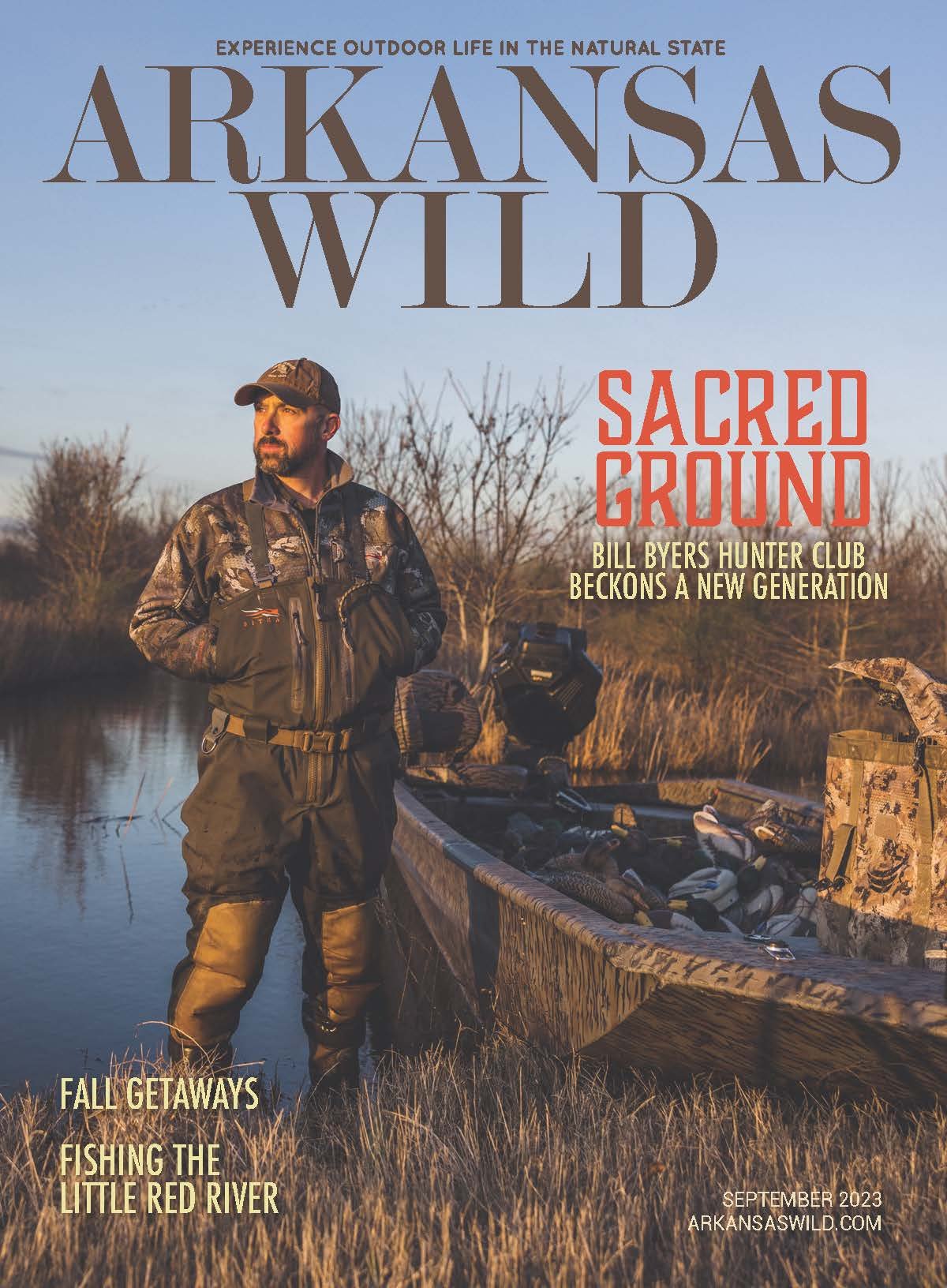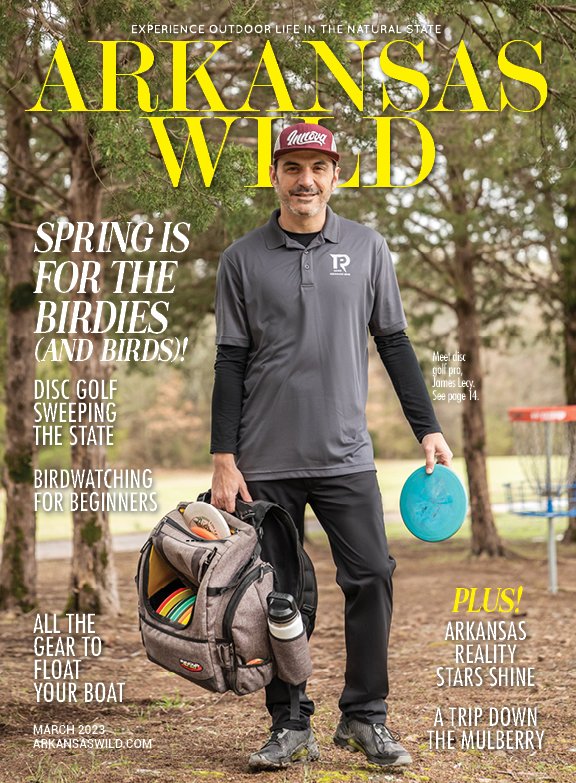All in the Family
Tips for making the most of family camping
By Aprille Hanson
With a little advance planning, kids of any age can enjoy camping with their family and develop a love of the outdoors that can last a lifetime.
As families struggle with the constant temptation to live inside their phones and the overwhelming responsibilities of daily life, camping can be a calming escape.
According to the 2018 North American Camping Report, approximately 77 million households in the United States camp, up six million since 2014. In 2017, 44 percent of campers were camping with children.
“A lot of times it makes people nervous to go camping with kids, but with my family there was no other way,” said Sasha Bowles, park interpreter II for Lake Dardanelle State Park near Russellville “We played in dirt, took some toys and just had fun.”
Bowles, 38, cannot remember her first camping trip – after all, she was still in diapers – but most weekends were spent exploring.
“There are so many kids that spend a lot of their day watching TV or playing video games or staring at a cell phone. You can learn things about places in nature, but it’s not the same if you can’t get out and experience it,” she said.
Taking a camping trip at a state park adds interesting amenities such as visitor center displays and interpreter presentations.
Taking an inaugural camping trip can be daunting for adults, let alone taking a child for the first time. Bowles offered several tips for parents to keep in mind:
Best age: The best time to introduce children to camping is when they’re old enough to walk and explore. “If you catch them when they’re young and just absorbing everything, they develop a deeper appreciation for (nature),” Bowles said.
What to bring: “You need shelter, food and water,” Bowles said, adding it’s important to research what is already available at a campsite. For instance, when backpacking, a water purifier is essential, but most state and Army Corps of Engineers parks have portable water. A tent is mandatory, but doesn’t have to break the bank; various-sized tents can be affordable, borrowed from a friend or even rented. A two-person tent generally is enough for one person and gear. And don’t forget outdoor toys and swim floaties that can help entertain children.
Location: “Obviously you don’t want to take them hiking on a strenuous trail with bluffs,” Bowles said. “If I had little bitty kids, I’d probably go somewhere like a state park because there are bathrooms where they can be cleaned off at the end of the day, picnic tables,” and other amenities. Some parks require reservations.
Consider making the campsite a "phone-free zone" with activities that encourage personal interaction.
Activities: Arkansas’s 52 state parks feature a variety of activities, from horseback riding to rod and reel rentals by the Arkansas Game and Fish Commission. Nature programs are presented by state parks interpreters for children and adults. “Experience things together,” Bowles said.
Make sure they learn: Bowles said it’s important to teach “leave no trace,” meaning leaving no trash, not picking plant life and pitching a tent in a durable spot.
Be safe: “Do not turn your child loose to go down a trail they don’t know anything about,” Bowles said, adding if they haven’t learned about poison ivy or if they’ve never seen a wild snake, “take them to some of those interpreter programs to learn about nature.”
For free guides about state park amenities, reservation requirements, schedule of park interpreter programs and other information, visit Arkansas.com.





